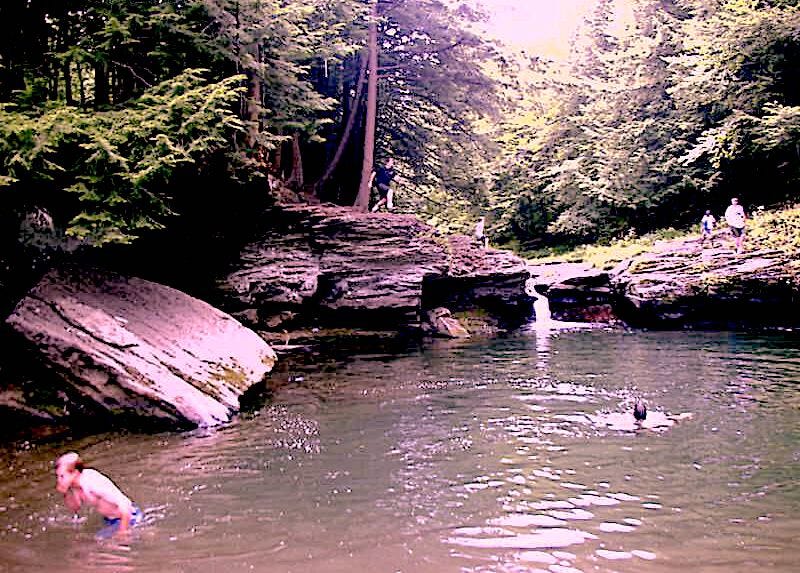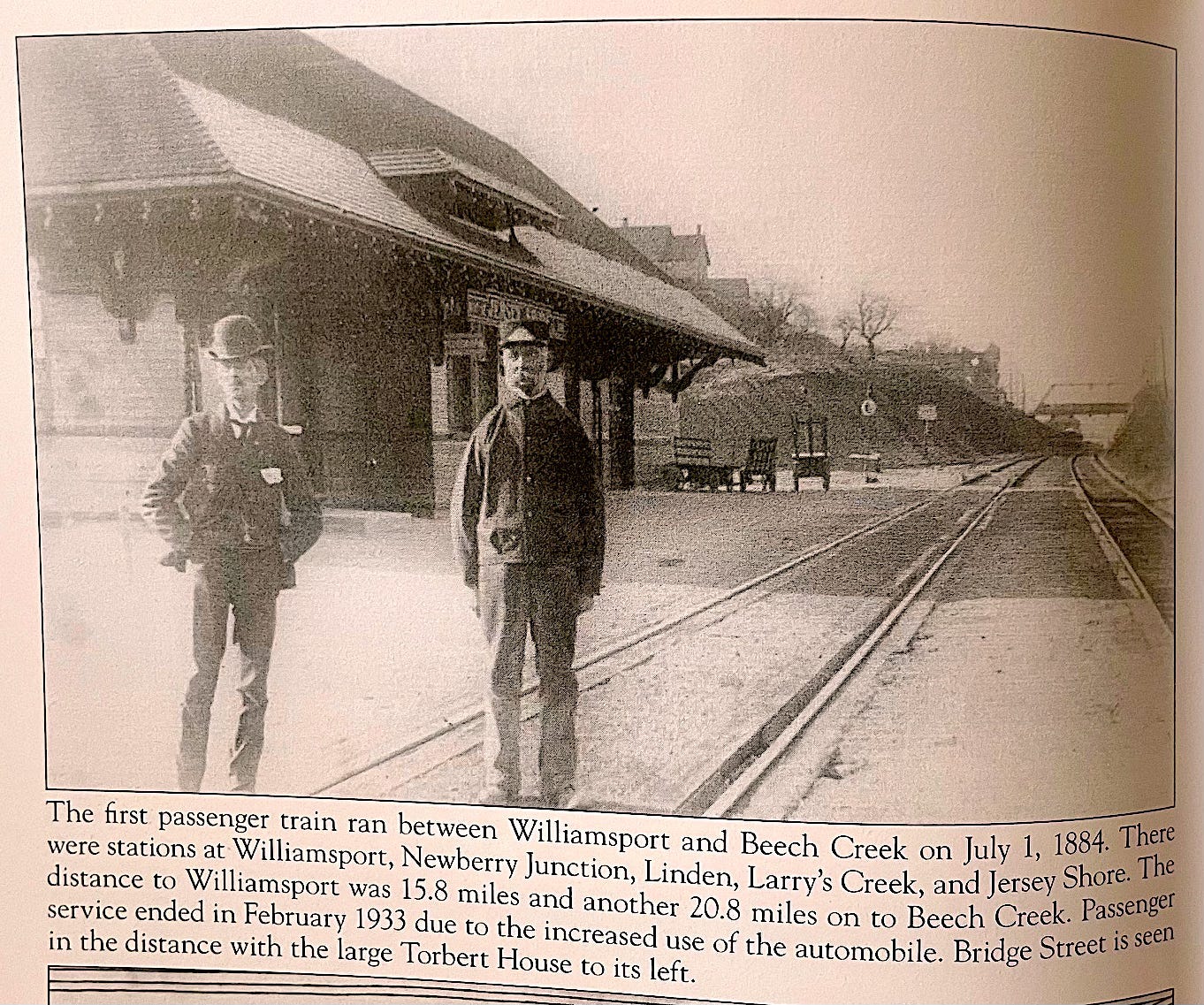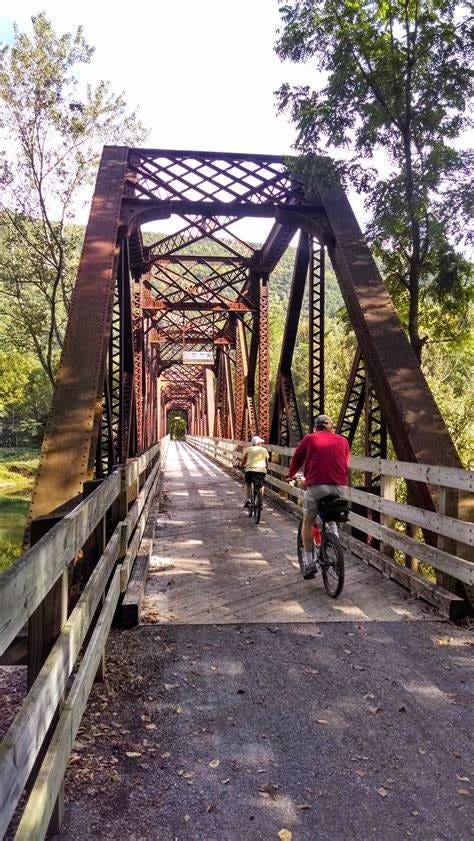When I was a kid growing up in the small north central Pennsylvania village called Avis, there once ran busy trains running on tracks alongside Pine Creek—a long waterway that flows into the Susquehanna River. 200 years before I was born, the Pine Creek/Susquehanna River junction marked the southern border of the vast Iroquois Nation, which included burial mounds and hunting and fishing grounds. The Iroquois referred to Pine Creek as “Tiadaughton,” which translates as “River of Pines” and “Lost or Bewildered River.” They were long gone when I arrived, but one could still feel their presence in addition to us finding countless arrowheads around our property. This must have sparked my ongoing fascination with Native Americana and indigenous people, and I resonated with that environment of a sacred earth.
The second floor of our house had a panoramic northward view of mountains, ponds, and pastures that mingled with the Pine Creek Valley. It was like looking into a Bierstadt painting, a vista that informed my dreams and my songs for years to come.
Geologists don’t agree as to what qualifies as “a creek” versus a river, but Pine Creek is designated as “the longest creek in the world.” It flows southward from just below the New York State Line and into the Appalachian Mountains of north central PA—cutting through “The Grand Canyon of Pennsylvania.”
We’d spend many a golden summer swimming in the cool, clear waters of Pine Creek, but I also associate this scenario with the train tracks that ran from Buffalo NY, then intersecting for 88 miles alongside Pine Creek, then heading into the coal mining region of Eastern PA. My Grandfather Blair retired from the New York Railroad (later Conrail), and I grew up hearing his tough tales of railroad life as well as the 24/7 engine rumble of the railroad yards near where we lived. The tracks went right past our Creekside cabins, and the engineers would wave to us kids as they sped by.
Growing up that close to the Creek and the railroad allowed me to catalogue the sounds of trains and waterways. These sounds comforted me and made me feel safe and “connected” to a bigger, constantly moving planet. This was more pronounced in Winter when it was freezing and snowing. Trains are relentless against cold and ice, and they reminded me there was more to life out there than just my own little world. It also reminded me that I lived in a warm place, protected from the icy elements. My spoken word piece, “Train Tracks in the Snow,” recalls those wintry thoughts along Pine Creek, particularly referencing Ramsey Village and Cammal.
I recorded this in California with my talented friend, the late Jeff Lloyd. He started out with this free-wheeling synthesizer track, then I layered in more keyboards and my spoken parts (it was remixed by Scott Francis at Mind's Eye Studio in Williamsport PA):
In the late 80s, the train tracks were removed and replaced with a popular long-distance bike trail, which leads to me to another bricolage of sounds and motion.
#train #trains #snow #traintrack #pinecreek #pennsylvania #appalachian #cold #ice #ramseyvillage #cammal #waterville #synthesizer #jefflloyd #spokenword #williamsport #ambient #electronica #casiokeyboard #keyboard #johnnyjblair #childhood












